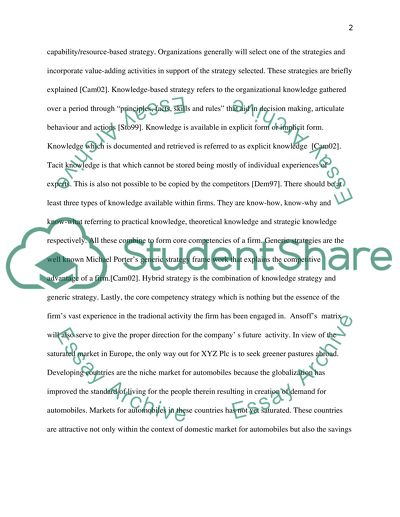Cite this document
(“Case Study Foreign Direct Investment Essay Example | Topics and Well Written Essays - 3000 words”, n.d.)
Retrieved de https://studentshare.org/environmental-studies/1411551-case-study-foreign-direct-investment
Retrieved de https://studentshare.org/environmental-studies/1411551-case-study-foreign-direct-investment
(Case Study Foreign Direct Investment Essay Example | Topics and Well Written Essays - 3000 Words)
https://studentshare.org/environmental-studies/1411551-case-study-foreign-direct-investment.
https://studentshare.org/environmental-studies/1411551-case-study-foreign-direct-investment.
“Case Study Foreign Direct Investment Essay Example | Topics and Well Written Essays - 3000 Words”, n.d. https://studentshare.org/environmental-studies/1411551-case-study-foreign-direct-investment.


